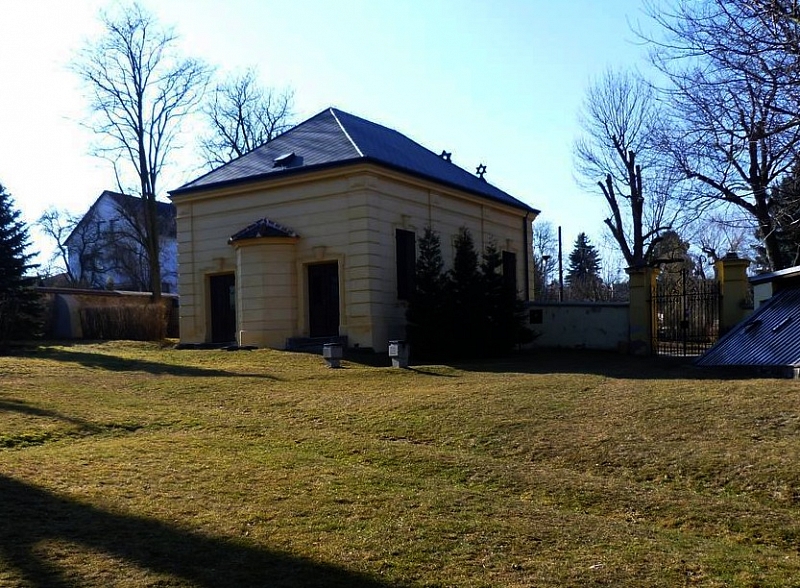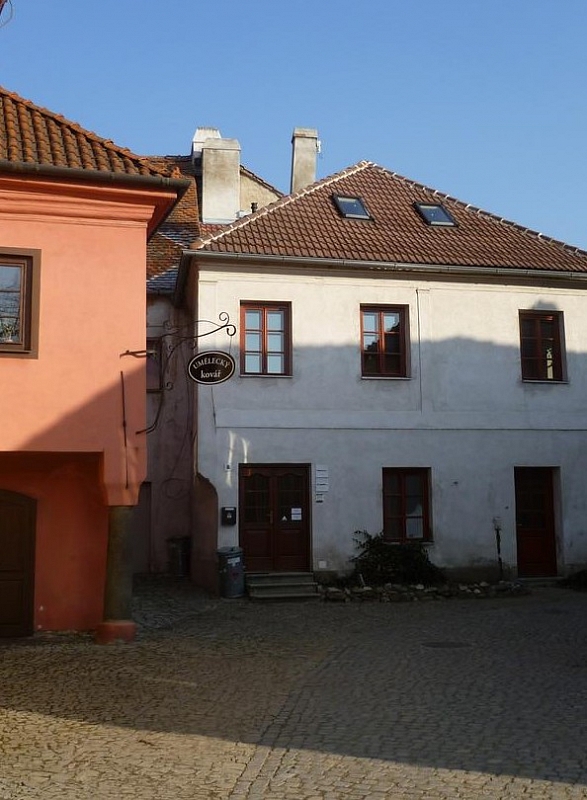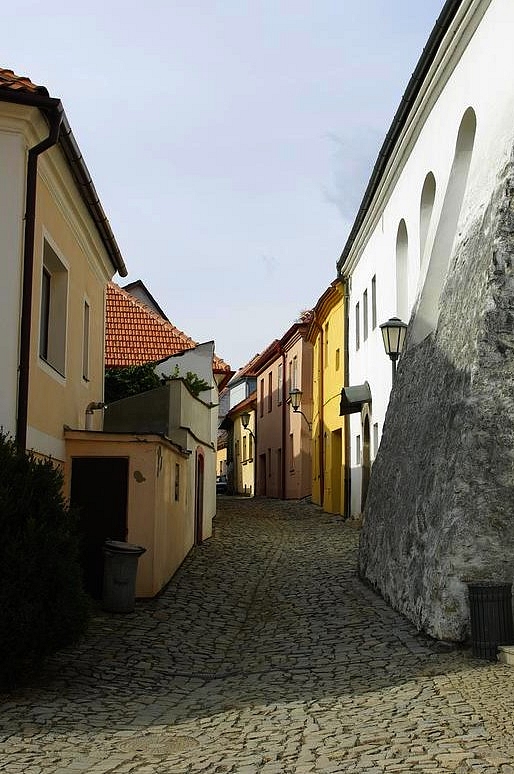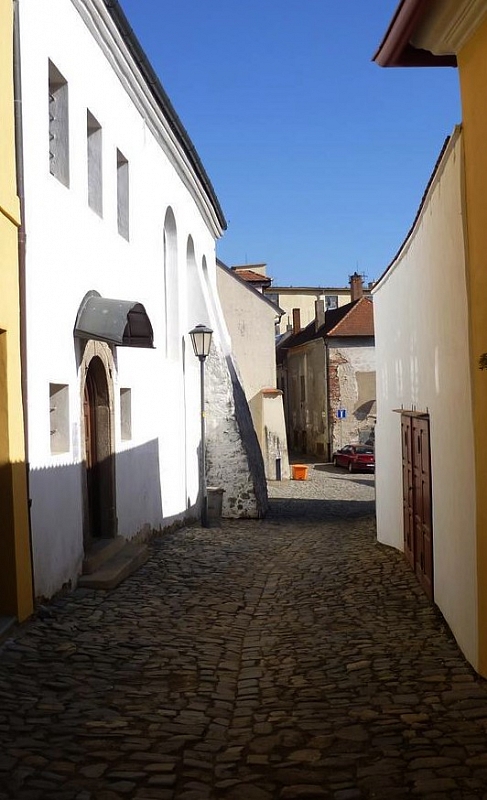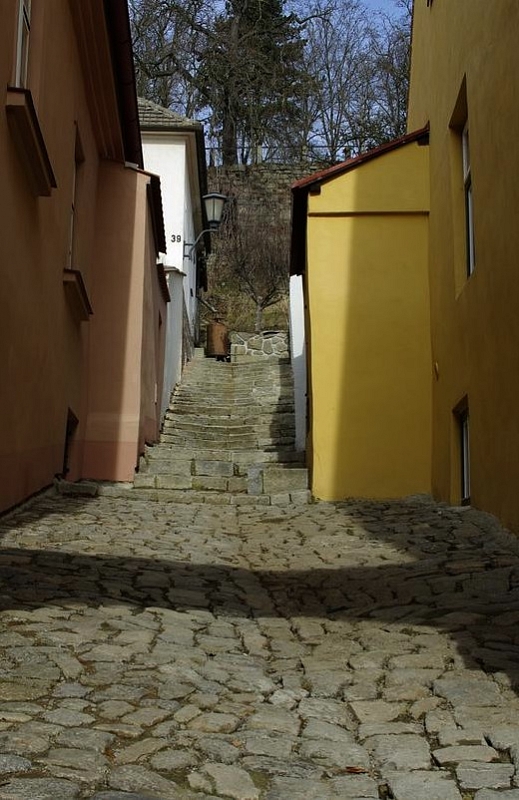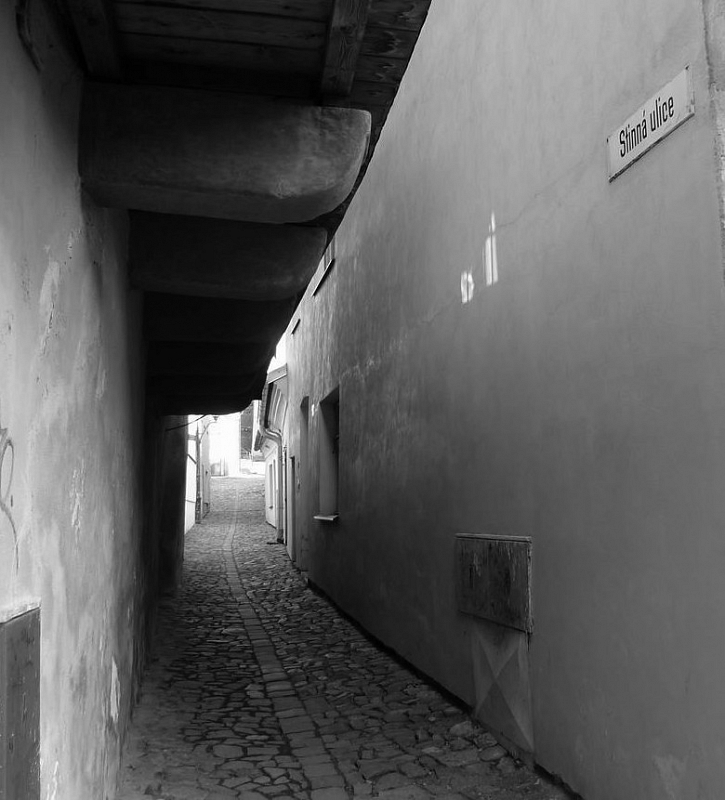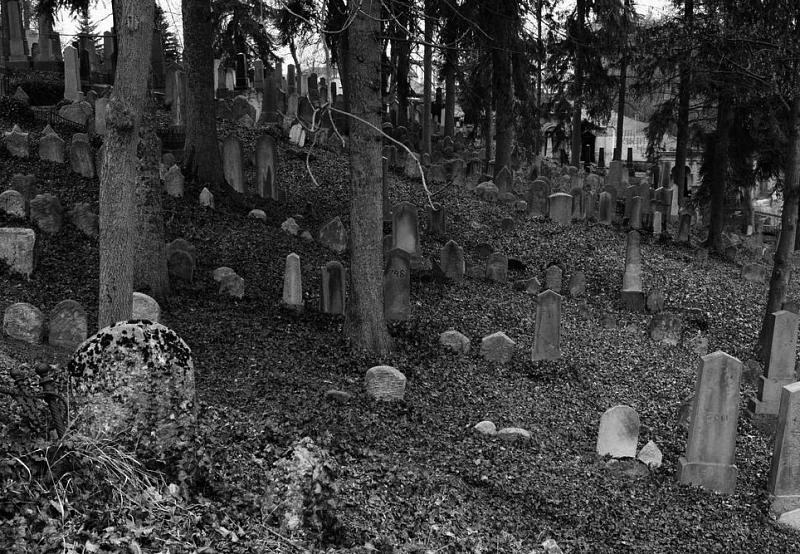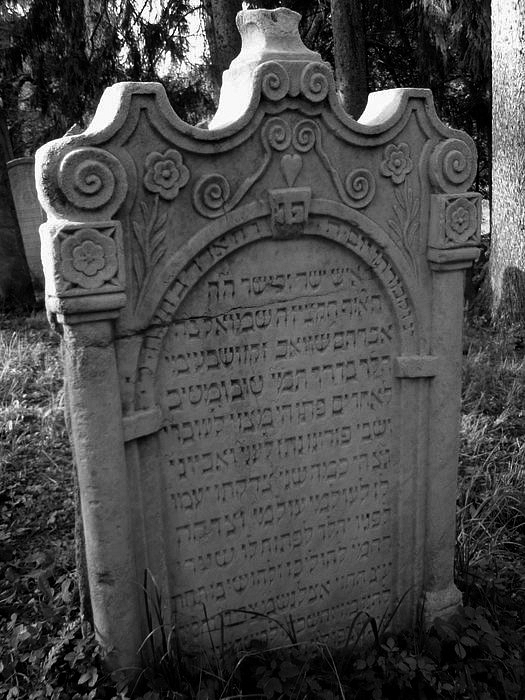Třebíč - Jewish quarter
Maybe few of you have any idea how valuable a unique thing we can see in Třebíč. The local Jewish quarter has been preserved in its entirety to this day, it is the only completely preserved Jewish quarter in Europe and outside the region of Israel it is also the only UNESCO Jewish monument in the world. While walking through the winding streets, along the paving of river boulders, you will still be enchanted by the local atmosphere of houses literally pressed against each other, with low entrances and small squares.
Information for visitors
Interesting facts Třebíč - Jewish quarter
At the time when this miniature locality was the most densely populated, more than 1,200 inhabitants lived here, which at that time made up 60% of the population of the whole of Třebíč. There were synagogues, a school, a hospital, a poorhouse and, of course, a number of shops. But life did not disappear from the streets of Třebíč's Jewish quarter. Even today you can drink coffee in one of the cafes or sit in one of the local restaurants and there is also a tea room or guest houses.
The largest influx of Jewish inhabitants to Třebíč was recorded in the second half of the 17th century. Their territory was precisely defined, and because it was not allowed to expand, the Jews built outbuildings and taller houses. Often, up to six housewives had to share a 1 m2 kitchen. You can get an idea of what the Jewish town looked like during a visit to the Rear Synagogue in 1669, where there is a model of the Jewish town that depicts the situation before 1850.
Together with the Jewish quarter and the Basilica of St. Prokop has also registered a Jewish cemetery in Třebíč, which is definitely worth a visit! A sought-after place is also the house of Seligmann Bauer from the period before 1798, which is unique in its connection to the Rear Synagogue by a staircase leading to the Western Women's Gallery. On the ground floor there is a butcher's shop and in the back we find a kitchen with modern equipment. The equipment of the first floor allows us to get an idea of how the Jewish family lived in the period between the two world wars and in the attic there is a modern audiovisual lecture hall.
Author: Andrea Štyndlová
